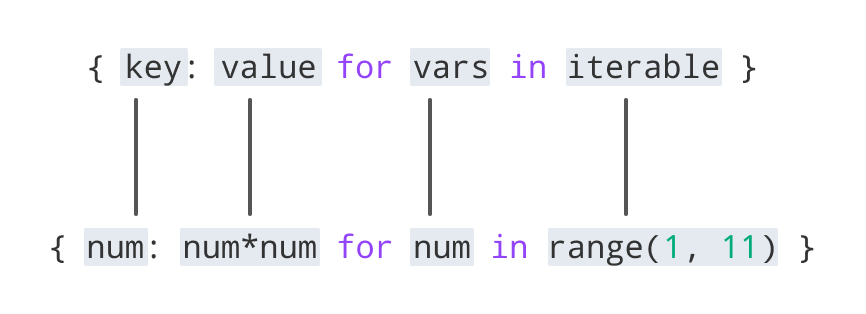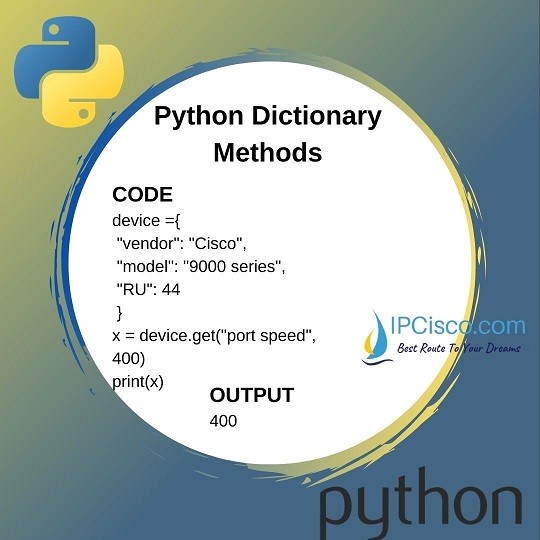

Useful for membership testing and eliminating duplicates.īeyond basic data structures, Python also provides more advanced structures, such as heaps, queues, and linked lists, that can further enhance your coding skills.

Tuples – Sortable, immutable, allows duplicate elements.Lists – Sortable, mutable, allow duplicate elements.This tutorial will focus on these four fundamental Python data structures: Python, a specialized programming language, has a range of its own built-in data structures. Such data structures provide a way to organize and store data efficiently, and are important for creating fast, modular code that can perform useful tasks and scale well. , Some of these, in general order of groking, are: syntax (the vocabulary of the language) order (putting vocabulary together in useful ways) flow control (how we direct the order of command execution) Algorithms (the steps we take to solve specific problems… How did it become such a confusing term?, and, finally, data structures (virtual storage depots that we use for data manipulation during the execution of algorithms (which, again… is a series of steps).Įssentially, if you want to implement a solution to a problem by stringing together a series of commands in algorithmic steps, at some point there will be a need to process data, and data structures become necessary.
#PYTHON COMPARE DICTIONARIES KEYS AND VALUES HOW TO#
When it comes to learning how to program, regardless of which particular programming language you use for the task, you may find that there are some key topics in your newly chosen discipline that you’ll be familiar with.


 0 kommentar(er)
0 kommentar(er)
